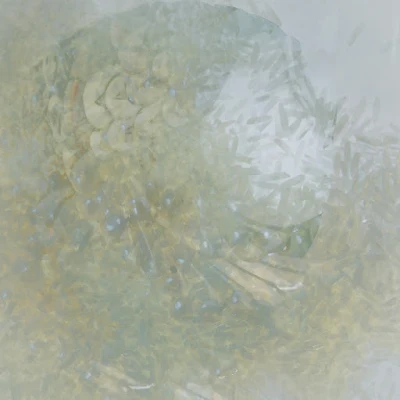In Praise of Shadows – Junichiro Tanizaki
I read “In Praise of Shadows” an essay that illustrates the aesthetics of Japanese culture; a subject that conveys Tanizaki’s passion and interest in traditions and values. Comparison is made between Western and Eastern culture and practices and how beauty is perceived. The term “shadows” is used literally and metaphorically.
He is philosophical but simultaneously has a sense of humour. He writes the West is seen to strive for progress, contrary to the Japanese ancient philosophical approach of Wabi-Sabi derived from the teachings of Buddhism. This complex doctrine is centered on the acceptance of transience and imperfection and this is aesthetically described as one of beauty.
“Imperfect, impermanent and incomplete”
I have decided to take a few themes that Tanizaki explored and express them metaphorically and in abstraction. I became fascinated by the ritual, colour and sensual illustrations described in his writings. This was a study that had allegorical themes but despite his appreciation for Japanese aesthetics he did not advocate this living style for himself.
I had intended to limit my colour palette but as I read this work it became a monologue, and a personal address. So with this in mind, I have tried to blend colours from one image to the next to reflect the progression of a one-way conversation.
For further inspiration I visited the ceramic department at the Fitzwilliam museum and looked to nature to develop my images. Using abstraction I have explored a few aspects of the sixteen themes in this work.
Light is a feature throughout this work. Pleasure can be found in silence and in dim light as mindfulness may be described today. A home should aspire to ethereal beauty and be made up of organic materials, soft tones and muted light. Japanese domestic architecture is not dissimilar to that of the grand temples where the low roofs act to protect from one the elements, especially the sun. Tanizaki draws an analogy with insects hiding under the safety of a stone.
I have tried to emulate the interior of a home where sunlight rarely pervades so it is full of shadows. The neutral coloured living spaces with sandy textures absorb light. Gold leaf was often used on objects and manifested streams of reflected light, illuminating dim lit areas.
He views artifacts as having mysteries that appeal to the senses. Using a lacquer bowl for eating is not seen as just a functional object, but something that has aesthetic qualities, that can be soothing to use. He goes as far as comparing holding a lacquer bowl to holding a plump newborn. Dark soy or white steaming rice can look opulent and more appealing when served in dark lacquer ware. A dull, grimy, smooth, tactile bowl meets with the Wabi-Sabi belief that imperfection is beautiful.
Tanizaki’s view is one of modernity that is of relevance today.











No comments:
Post a Comment